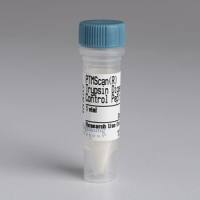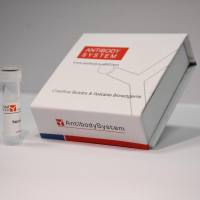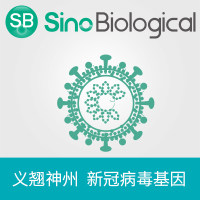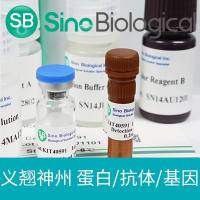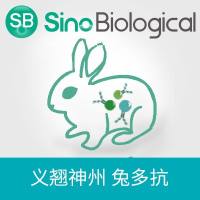In vivo targeted gene delivery to hematopoietic stem cells (HSCs) would mean a big step forward in the field of gene therapy. This would imply that the risk of cell differentiation and loss of homing/�engraftment is reduced, as there is no need for purification of the target cell. In vivo gene delivery also bypasses the issue that no precise markers that permit the isolation of a primitive hHSC exist up to now. Indeed, in vivo gene transfer could target all HSCs in their stem-cell niche, including those cells that are “missed” by the purification criteria. Moreover, for the majority of diseases, there is a requirement of a minimal number of gene-corrected cells to be reinfused to allow an efficient long-term engraftment. This requisite might become a limiting factor when treating children with inherited disorders, due to the low number of bone marrow (BM) CD34+ HSCs that can actually be isolated. These problems could be overcome by using efficient in vivo HSC-specific lentiviral vectors (LVs). Additionally, vectors for in vivo HSC transduction must be specific for the target cell, to avoid vector spreading while enhancing transduction efficiency. Of importance, a major barrier in LV transduction of HSCs is that 75% of HSCs are residing in the G0 phase of the cell cycle and are not very permissive for classical VSV-G-LV transduction. Therefore, we engineered “early-activating-cytokine (SCF or/and TPO)” displaying LVs that allowed a slight and transient stimulation of hCD34+ cells resulting in efficient lentiviral gene transfer while preserving the “stemness” of the targeted HSCs. The selective transduction of HSCs by these vectors was demonstrated by their capacity to promote selective transduction of CD34+ cells in in vitro-derived, long-term culture-initiating cell colonies and long-term NOD/SCID repopulating cells. A second generation of these “early-acting-cytokine”-displaying lentiviral vectors has now been developed that is fit for targeted in vivo gene delivery to hCD34+ cells. In the method presented here, we describe the in vivo gene delivery into hCD34+ cells by intramarrow injection of these new vectors into humanized BALB/c Rag 2 null /IL2rgc null (BALB/c RAGA) mice.
